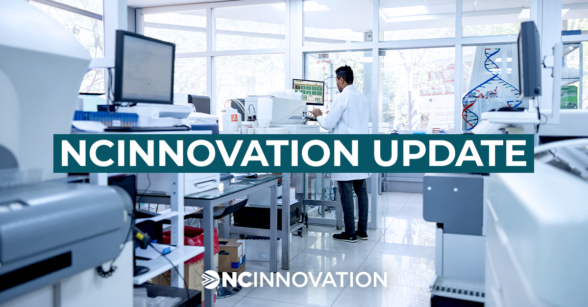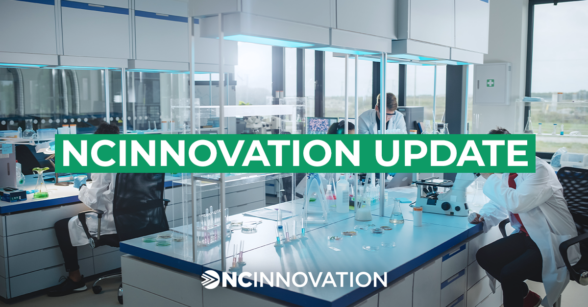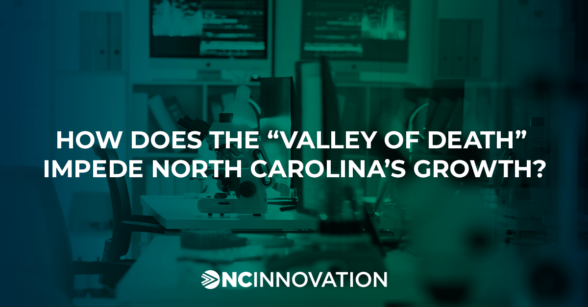How Does the University R&D Sequence Work, Anyway?
Durham, NC – NCInnovation exists to support North Carolina university researchers through the final leg of the R&D sequence, when the academic phase of their work starts to end and the commercialization phase begins.
But what does that mean? The university R&D sequence isn’t simply taking an idea, bringing it to proof-of-concept, and then soliciting investors. There’s much more to it than that.
Government and private investors sometimes use a matrix called Technology Readiness Level (TRL) to define each phase of a research product. Here’s a chart from the U.S. Government Accountability Office explaining each level (also accessible here on page 18):

Federal grants largely exist to fund basic research from inception to TRL-2.
But private investors don’t generally consider getting involved until a technology reaches TRL-7 or above.
What happens, then, between TRL-3 and TRL-6? That’s the so-called “valley of death” because it’s where many promising innovations die on the vine.
There is much more work to be done to take a research output from proof-of-concept to the point it’s commercially investible.
In life sciences, the valley of death may involve scaling up production of a promising molecule in advance of FDA analyses. In electrical engineering, the valley of death may involve replicating a transistor in progressively higher voltage environments. In all cases, it also involves mapping and traversing the regulatory and policy environment.
Those steps are expensive. Some universities may have resources for researchers working at TRL-3 or TRL-4, but funding to get through the valley of death is usually the hardest money to come by, especially outside of mature innovation ecosystems like the Triangle.
That’s why NCInnovation’s model focuses exhaustively on the valley of death.
We offer grant funding, delivered through universities in stages and subject to binding legal agreements, to get researchers to the point their product becomes commercially investible.
In doing so, more companies will form out of university research, creating jobs with a higher probability of staying in the community that birthed them. It’s rural economic development via homegrown innovation.
Company formation isn’t the only important output – licensing new technologies to existing companies matters, too. North Carolina is home to major corporations, and it benefits our state when those corporations turn to North Carolina innovations to feed their growth.
Stay tuned for more explainers on university R&D and commercialization. And to the extent any questions arise, we’re here to answer them.
NCInnovation is 501(c)(3) not-for-profit corporation focused intensely on accelerating commercialized innovation from North Carolina’s universities. NCInnovation deploys funding, mentors, and support services so that North Carolina university proofs-of-concept turn into companies and create jobs that remain in North Carolina. Learn more at NCInnovation.org.







